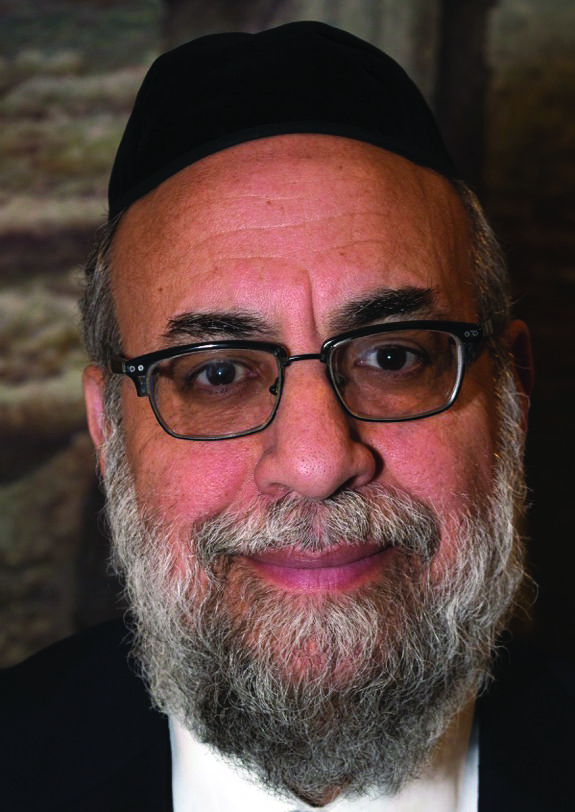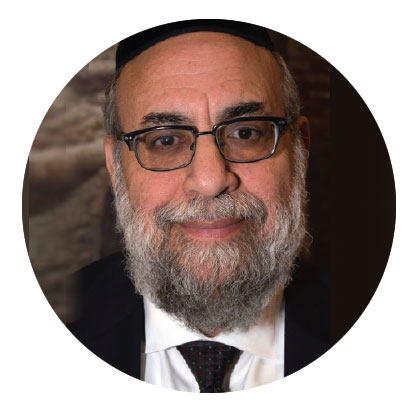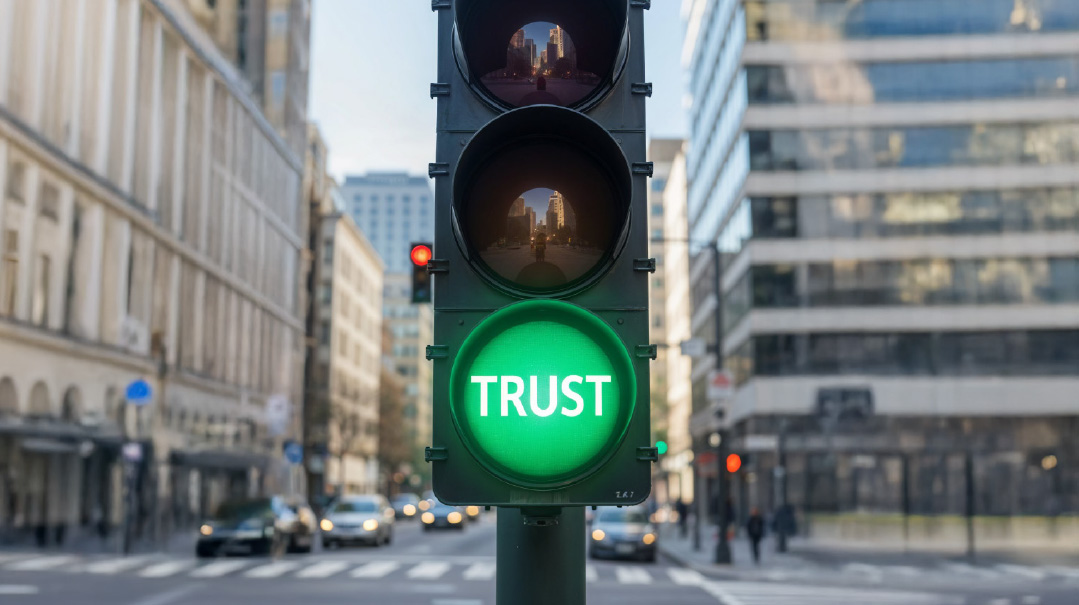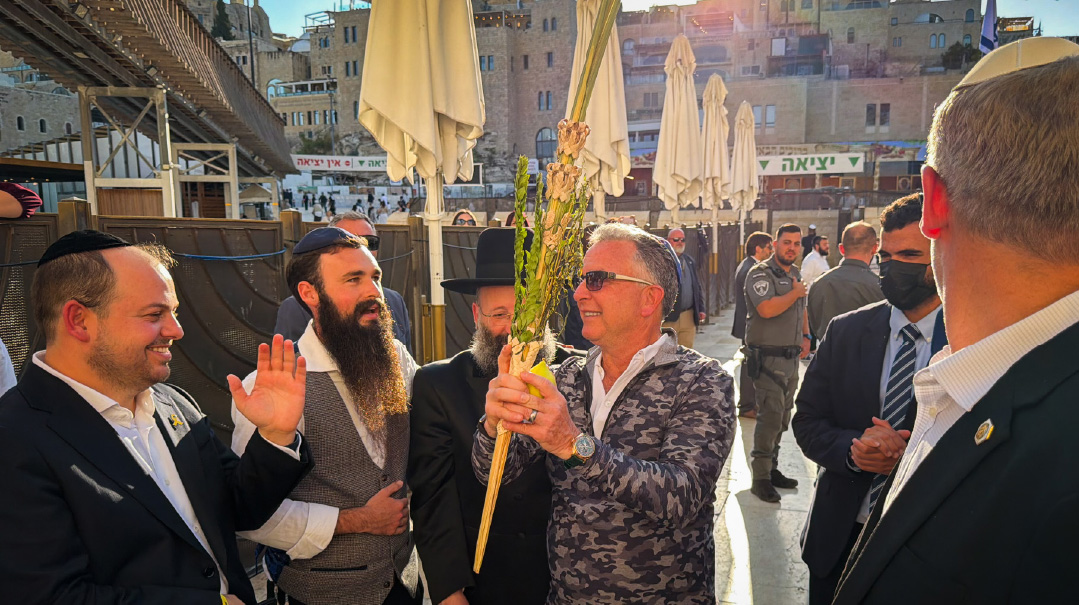My Mitzvah


A necdotes abound about gedolei baalei mussar whose entire demeanor changed when the calendar page turned to Elul. Rav Yisrael Salanter is said to have fainted upon hearing the chazzan announce the coming month of Elul in the Bircas Hachodesh and more recently Rav Sholom Schwadron would famously begin his annual taanis dibbur from Rosh Chodesh Elul until Motzaei Yom Kippur.
My personal reminder that Elul is upon us comes in the form of a phone call from the menahel of a local yeshivah who invites me each year to share some Elul thoughts with the talmidim at the onset of the new school year. While admittedly Elul does not elicit a change of demeanor or attitude in me this opportunity does allow for some serious reflection and thought to find something new to share with my youthful audience. What can I share with them about Elul to help them turn their relaxed mindset from the lazy days of summer to a more serious reflective one? Or how about just doing so for myself?
The place to begin is the mishnah we repeat weekly at the conclusion of Pirkei Avos during the summer months: “Rabi Chananya Ben Akashia says ‘HaKadosh Baruch Hu wanted to provide merit for [Bnei] Yisrael therefore he gave them numerous mitzvos.’ ”
The simple understanding is the more mitzvos one does the more reward he or she will receive so the numerous opportunities are indeed a merit for us.
A deeper look raises an obvious question however. If a parent wants to ensure that a child perform his or her chores the shorter the list the easier it is to fulfill those chores. Piling on more and more things to do makes it more likely that they will not get done. Since HaKadosh Baruch Hu our Father in Heaven wanted to provide us with merit shouldn’t He have given us less mitzvos to make it more likely that we would succeed?
The Rambam (Peirush HaMishnayos) offers an alternative perspective that may provide our lesson for Elul 5777. The Rambam posits that while every Jew is obligated in all 613 mitzvos each person’s neshamah is different and relates strongly to a particular mitzvah. For some it will be tefillin for others tzedakah another may connect specifically to taharas hamishpachah and others will feel a pull toward Shabbos. HaKadosh Baruch Hu has provided us with an extensive list of mitzvos so there will be at least one that will speak to the depths of our neshamah and we can adopt that mitzvah and observe it to the most perfect level possible.
The unforgettable Mr. Yosef Rosenberger came to these shores as a broken refugee and realized that shatnez was a meis mitzvah in America. He adopted this mitzvah and made it “his.” The fact that today it is a given that we check our garments for shatnez is to his credit.
My call to myself and to all those in my orbit this Elul is that we each ask ourselves “Which is my mitzvah?”
When searching for “my mitzvah ” keep in mind that it may not be the mitzvah you find the easiest or most enjoyable to perform. Quite the contrary. The Arizal is quoted as instructing his talmidim to try to find the mitzvah that’s most difficult for them and accept it as their mitzvah.
The Midrash (Toras Kohanim) relates that when Aharon HaKohein looked at the Mizbeiach he grew extremely frightened which appeared to him as a calf and reminded him of the Eigel Hazahav. This made his avodah as Kohein Gadol near impossible for him to perform. Rav Chaim Vital quotes his rebbi the Arizal as explaining why this was necessary.
Each person is here to be mesakein to fix something in This World. If you want to know what “your” tikkun is in This World pay close attention to an area of your life that is most difficult and most challenging and that is the area that you need to be mesakein you need to fix.
That is why Moshe said to Aharon “kerav el haMizbeiach ” go close to the Mizbeiach. Because this was so hard for Aharon this was the exact purpose he was created to repair. And this is where we should begin in our search for our personal mitzvah.
Case in point. Several months ago a member of my kehillah was undergoing a number of difficult challenges and he came to discuss them with me. I suggested that he include tefillah on his list of things to resolve to change in his effort to turn around his fortunes. I realized that his commitment to tefillah b’tzibbur was severely lacking and I told him about a close friend who had recently completed ten years of not missing a single tefillah b’tzibbur despite leading a very busy life that includes extensive travel during the course of the year.
“That’s because it’s probably very easy for him ” this man responded “but for me it’s extremely difficult.” I countered that while I could not say whether it’s easy or difficult for my friend I do know that the Arizal would say that the very fact that tefillah b’tzibbur was difficult for him is the reason he should face this challenge head-on.
Another example is something I experienced a few months ago in Eretz Yisrael. Although I’m a bit hesitant to share something that can be misunderstood I feel that the lesson is worth sharing anyway.
Last year I wrote in these pages that people can be buried near each other for reasons ordained in Heaven that are often beyond our realm of understanding.
A famous instance occurred following one of the most painful communal disputes in European Jewish history between followers of Rav Yaakov Emden and Rav Yehonasan Eybeschutz. Communities were torn apart and families broken over this bitter battle that spread throughout Western Europe. Some historians claim that it contributed on some level to the formation of the Reform movement.
When Rav Yaakov Emden passed away suddenly in the city in which Rav Yehonasan Eybeschutz had been buried 12 years prior his followers did not want to bury their rebbi in the same cemetery. The sh’eilah was presented to the gadol hador the Noda B’Yehudah who ruled that Rav Emden’s passing in this particular city was a sign from Shamayim that the two great sages had made peace with each other and should be buried together.
During my trip to Eretz Yisrael my dear friend Rav Daniel Moskowitz contacted me to inform me that the next day was the yahrtzeit and hakamas matzeivah for his father the legendary “builder of Yerushalayim ” Irving Moskowitz. (Full disclosure: The Moskowitzes have joined my family in building the first permanent shul on Har Hazeisim in 3 000 years in memory of their husband and father and in memory of my daughter Sarala z”l.)
As I stood there at the unveiling I couldn’t help but notice the matzeivah right next to Irving Moskowitz’s because it had a large pile of stones on it indicating that this niftar had many admirers supplicating at his kever. I was astounded to find that it belonged to the late Philadelphia Rosh Yeshivah Rav Elya Svei one of the premier gedolim of our generation. The two kevarim are so close that I had just enough room to stand between them (see photo). Now I have no knowledge of the happenings in “shvilei d’rakiya ” the byways of Heaven but I was still trying to figure out a connection between these two.
One was a gadol baTorah whose leadership influenced two generations of talmidim. The other told me 40 years ago that he regretted never having had a yeshivah education. Mr. Moskowitz’s business acumen and creativity built him considerable wealth but his unparalleled love of Eretz Yisrael and commitment to rebuilding Yerushalayim earned him the title of “the Moses Montefiore of our generation.” It is said that he distributed over 500 million dollars in the last 40 years toward the rebuilding effort.
Rav Elya and Irving Moskowitz were so different — in background in accomplishments and in hashkafos. Why did the Hashgachah Elyonah decide that they should be buried side by side opposite Har Habayis?
My thoughts (and these are only my thoughts) are that maybe the Ribbono shel Olam is teaching us a valuable lesson: Not many can reach the depth of learning the tzidkus and have the daas Torah of the Philadelphia Rosh Yeshivah. But each person can find his or her mitzvah something to cling to and with a lifetime of effort and dedication they can reach the pinnacle of accomplishment of that particular mitzvah.
Irving Moskowitz didn’t have the opportunity to develop in Torah — his two sons did become tremendous talmidei chachamim and marbeitzei Torah — but he chose tzedakah and ahavas Eretz Yisrael as “his mitzvah ” and he reached the very heavens with his accomplishments.
Perhaps the proximity of these two kevarim is meant to teach us the value of “my mitzvah ” and that is also my message for Elul 5777. Let’s take this month to search our inner core and determine which mitzvah Hashem wants us to grab hold of in our brief time in This temporal World and fix what only we have the capability of repairing.
By embracing one of Hashem’s mitzvos during this Elul and making it “my mitzvah ” we can build merit to ask Him to return that embrace to ourselves and our loved ones.
This article was written l’iluy nishmas Sara Chaya bas Aryeh Zev.
Originally featured in Mishpacha Issue 677. Rabbi Aryeh Z. Ginzberg is the rav of the Chofetz Chaim Torah Center of Cedarhurst and the founding rav of Ohr Moshe Institute in Hillcrest Queens. He is a published author of several sifrei halachah and a frequent contributor to many magazines and newspapers where he writes the Torah hashkafah on timely issues of the day. He is also a sought-after lecturer on Torah hashkafah at a variety of venues around the country.
Oops! We could not locate your form.













